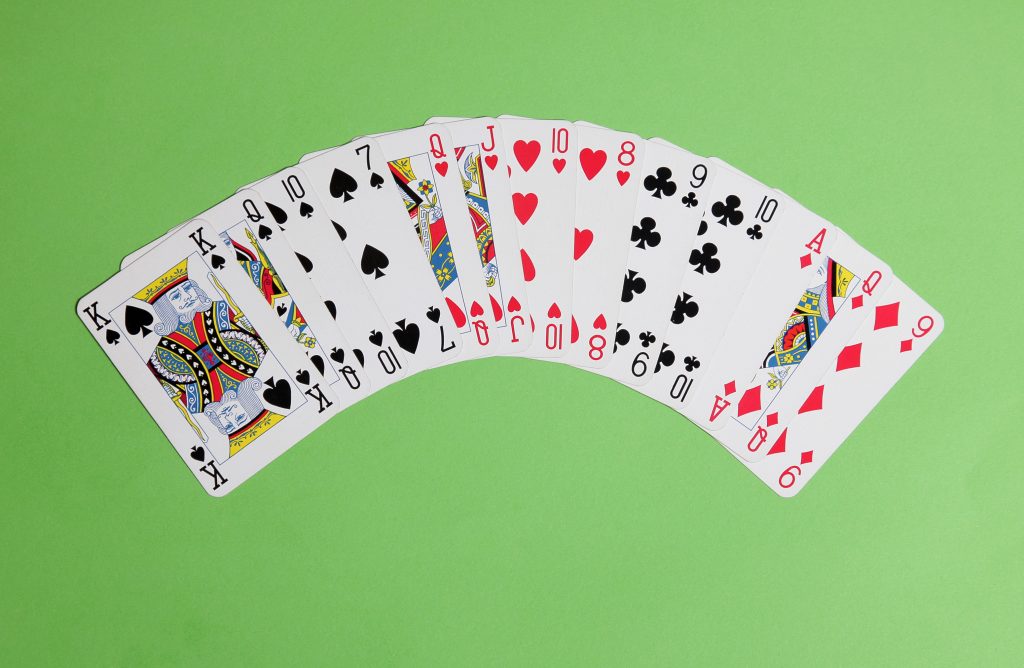
ACOL Contract Bridge Hand showing how with 12 to 14 points and a balanced hand open one no-trump. French programmers created a champion Bridge-playing AI hybrid. (Source: AdobeStock)
Combining Reinforcement Learning, Symbolic AI Proves Unbeatable in Game of Bridge
If you’ve always dreamed of becoming a world champion bridge player, we have some bad news. An AI program just beat eight of the world’s best at their own bridge game. The team that put the program together used a combination of reinforcement learning and symbolic AI to do it.
Deep reinforcement learning algorithms are made up of a network of interconnected artificial neurons. To learn a game, an algorithm plays itself billions of times, evaluates its performance after each round, and incrementally improves by tuning and retuning its neural connections until it finally masters play.
Symbolic AI, on the other hand, is rules-based. Software engineers hard code the rules the AI needs to know to succeed. These might be, for example, that a bishop can move diagonally any number of squares on a chessboard, or that if an opponent pursues a particular strategy, then employing some counterstrategy increases the chances of winning. This approach is fine for the finite, but as the space of all possible moves rises in complex games, it becomes untenable.
“What we’ve seen represents a fundamentally important advance in the state of artificial intelligence systems,” Stephen Muggleton, a machine learning professor at Imperial College London, told The Guardian. In other words, not too bad for a cold, calculating computer.
Seems simple so far, but since this writer has never played bridge we turned to the article from singularityhub.com for some understanding of the game.
A game of bridge begins with players bidding on how many tricks, or rounds of play, they think they can win. The highest bid is called the contract, and whoever sets the contract is the declarer. The declarer’s partner, or the dummy, lays their hand down on the table face up and exits the game. The declarer now plays both hands against their opponents and tries to win enough tricks to meet their bid.
Champion bridge player Sharon Osberg once wrote, “Playing bridge is like running a business. It’s about hunting, chasing, nuance, deception, reward, danger, cooperation and, on a good day, victory.”
It was a French team that accomplished this feat. It is similar to what the team did to beat Gary Kasparov at chess using IBM’s Deep Blue.
Last week, French startup NukkAI took another step when its NooK bridge-playing AI outplayed eight bridge world champions in a competition held in Paris.
The game was simplified, and NooK didn’t exactly go head-to-head with the human players—more on that below—but the algorithm’s performance was otherwise spectacular.
The article is written in such a way that it makes bridge sound almost interesting to us laymen. Check out AI’s latest conquest at the link below.
read more at singularityhub.com


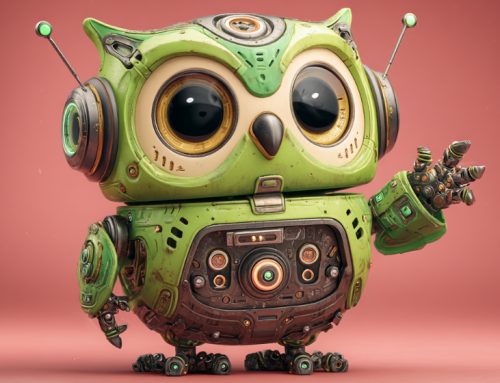
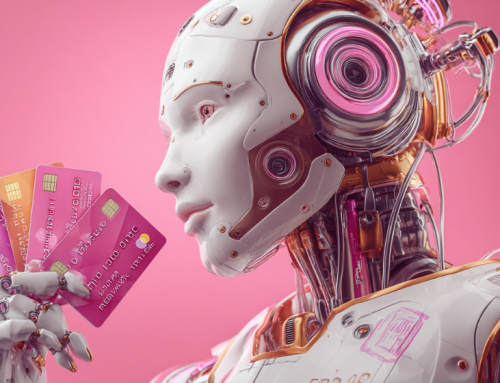
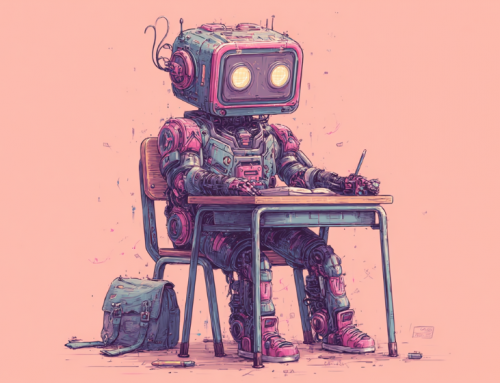
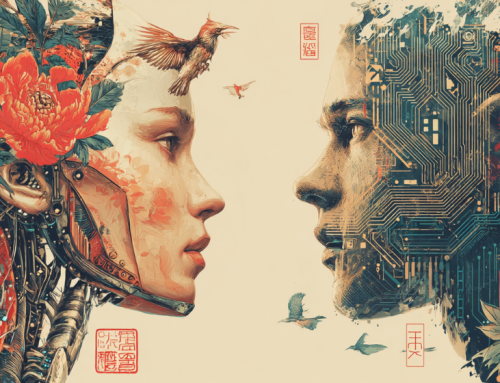

Leave A Comment